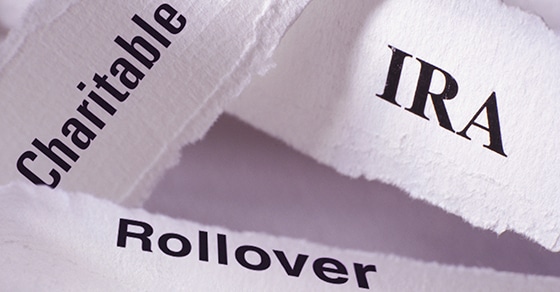If you’re charitably inclined, age 70½ or older and have a significant balance in an IRA, a charitable IRA rollover — formally called a “qualified charitable distribution” — permits you to annually make up to $100,000 in tax-free IRA distributions to qualified charities. Charitable IRA rollovers also offer estate planning benefits, and tax legislation in late 2015 made the break permanent.
What are the benefits?
Traditional IRAs can be costly inheritances because the beneficiaries will owe income taxes on the distributions they receive. If you instead donate your traditional IRA assets to charity and bequeath Roth IRAs or investments held in taxable accounts to your loved ones, income taxes will take a smaller bite out of their inheritances.
There are other benefits as well: First, your charitable rollover can be used to satisfy your required minimum distribution for the year. In addition, it provides a tax advantage if you otherwise would be unable to deduct an equivalent charitable donation because, for example, you don’t itemize or you’ve already exceeded adjusted gross income limitations on charitable deductions for the year.
What are the requirements?
To qualify for a charitable IRA rollover, in addition to meeting the age requirement, you must:
- Transfer the funds directly from the IRA to an eligible charity, and
- Document the rollover with the same type of written acknowledgment from the charity that you would need to support a charitable deduction on your income tax return.
The distribution to charity must be one that would be fully deductible (without regard to percentage-of-income limitations) if you made the donation yourself. In other words, you can’t receive something of value in return. In addition, you must make the distribution by December 31, 2016, to include it on your 2016 tax return. Before taking action, contact us to ensure you meet all the requirements for a charitable IRA rollover.
© 2016
